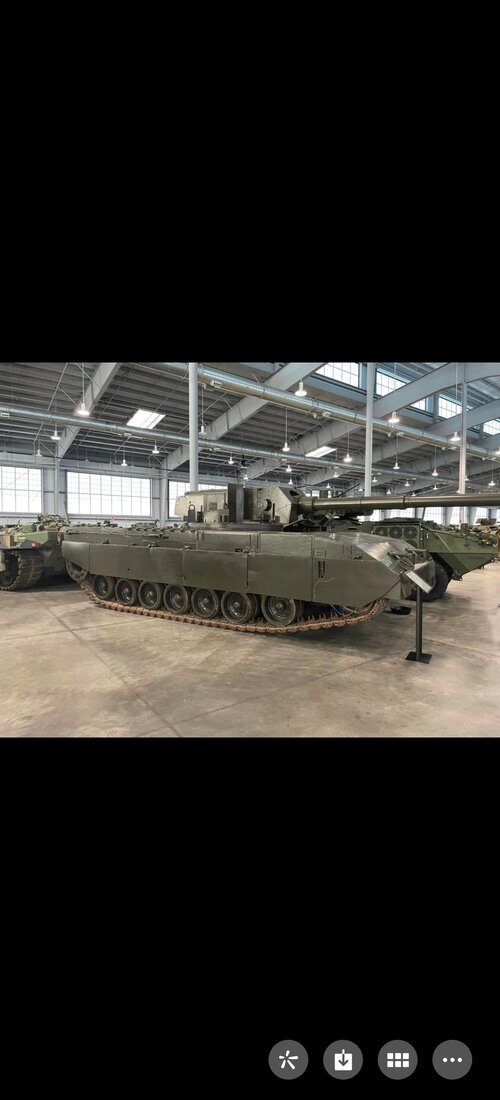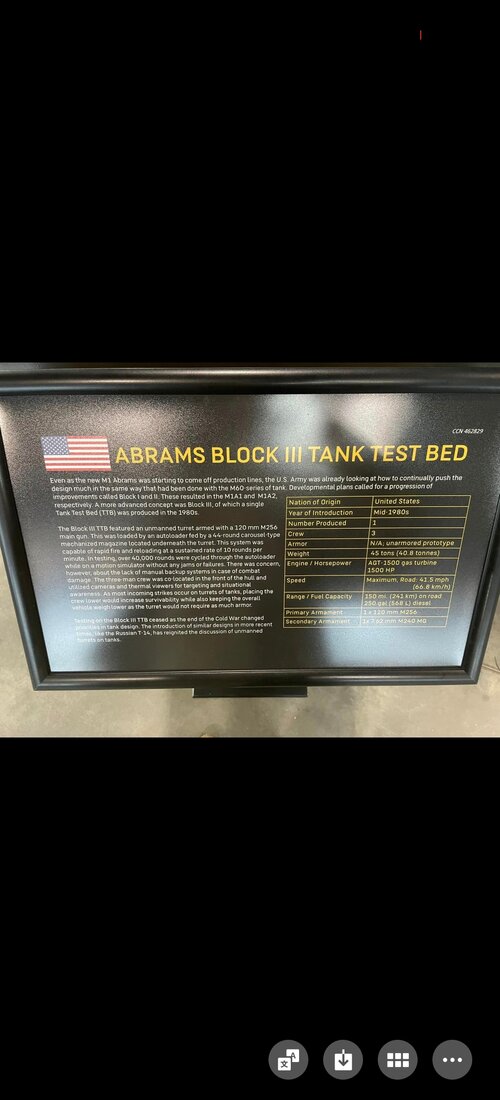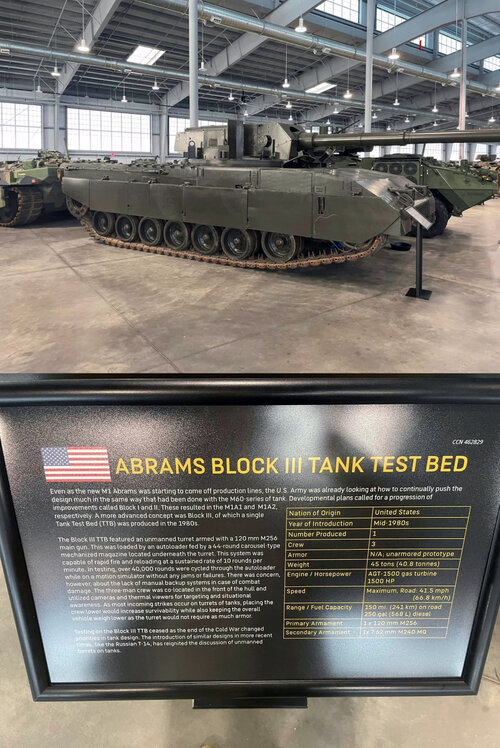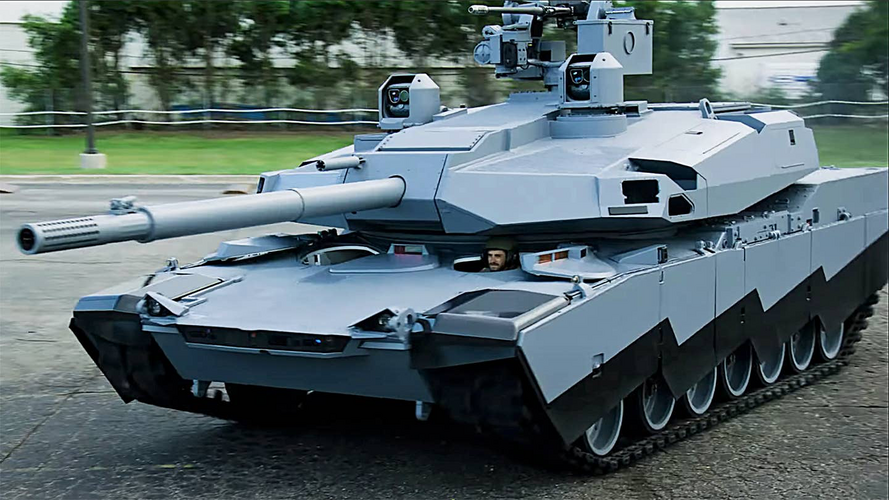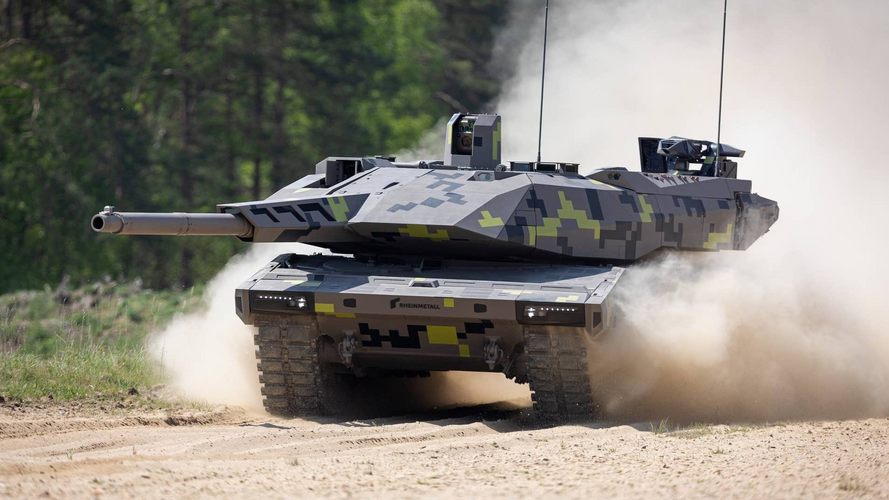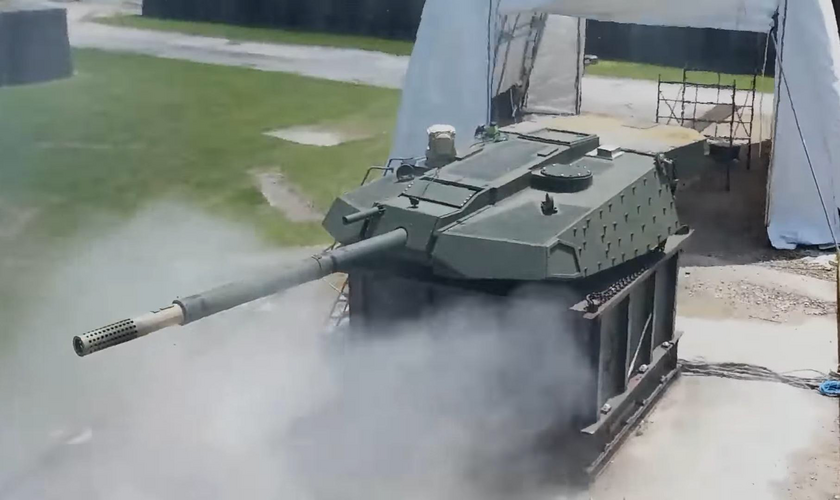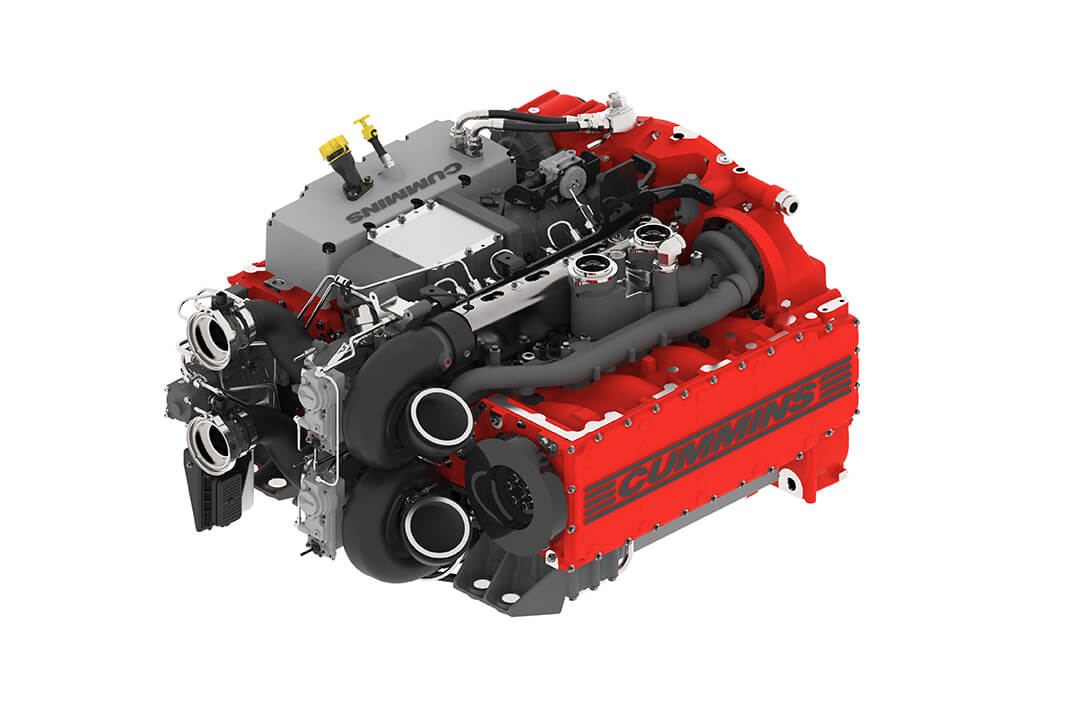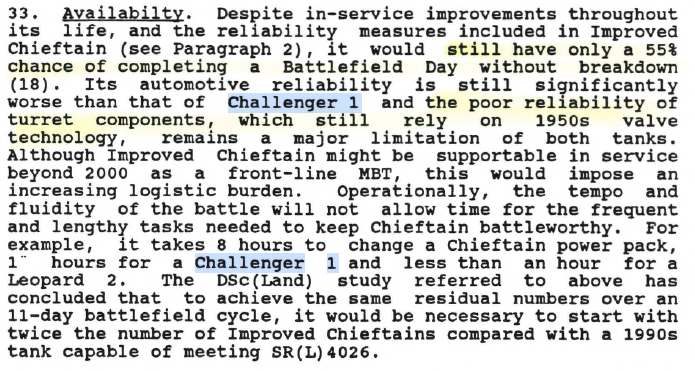If you are under a reliable nuclear umbrella, tanks is indeed for beating up far weaker powers and proxy/limited conflicts.
We'll see how this plays out in the coming months, I guess, considering both the US and PRC are gearing up for a major war within 5 years. ADM Donaldson pegged June-August 2027 based on a speech given by Chairman Xi back in March; GEN Minihan thinks 2025, presumably based on the election of William Lai to presidency after Tsai Ing-wen. DOD seems to be swinging more towards the sooner, rather than later, date in its planning.
Somehow I doubt Taiwan will be thankful if it has to fight a land invasion unsupported because "it's under a reliable nuclear umbrella". There will be tank battles between superpowers in any case, or at least, battles involving tanks and both superpowers' troops. Possibly more than that.
Since offensive warfare without at least Iraq-US levels of mismatch is probably a horrible idea, armor overmatch doesn't matter because the enemy ought to be too weak to employ armor.
If ISIS can use tanks, which they did, anyone can use tanks...
Yes, people die in wars. That comes with the territory. Not much you can do about it past a point.
The PLA has lots of tanks, I don't know what you're talking about. They're not especially advanced or ultra-modern vehicles, comparable to the M1A1(HA) at best maybe, but they're okay in general. Making sweeping statements like "armor overmatch is a luxury" sounds less like a serious statement in real life contexts of M1 replacement though. The M1's armor is perfectly fine for most of, if not any of, the anti-tank threats in the world.
Part of the reason OMT was so limited and Decisive Lethality Platform is so nascent is that the actual improvements M1 needs are shrouded and obscured by the mists of time. There's simply no vehicle comparable enough to the M1 used by any hypothetical opponents, unless America returns to the early 1990's and starts economically and militarily feuding with the European Union or something, and even then it's debatable.
Armor have too much logistics and systematic requirements that is easy to disrupt. Israel style HAPC/HIFV for all around protection would be vehicle of choice in reducing losses.
These are literally two mutually exclusive statements.
In the context of proxy war,
What proxy war? Where? With who? When?
The United States is preparing to fight another nuclear superpower for dominance in a war whose importance has not been seen since 1939, and in the midst of the sort of political-economic competition whose stakes most weird pundits and talking heads thought vanished in 1991, so talking about "proxy wars" like they're a concern for U.S. troops (who are only in Ukraine as foreign mercenaries and special operations troops) and some war that happened 20 years ago (Iraq) comes off as simultaneously inane and outdated.
Proxy wars aren't the future unless you've been living under a rock for the past decade or so: The future is at minimum major naval war, and possible land war, and at maximum a limited thermonuclear exchange, centered in East Asia. Tanks are pretty relevant for the time being, as they always have been. Seems like all the proxy wars of the early XXI and late XX were just, as usual, colonial sideshows and bizarre flailing of a superpower without a foe.
I think easy to supply, easy to train items is far more decisive.
That's great but America has trouble producing enough barrels for 5.56mm rifles, let alone main battle tanks. In relative terms, we have a more useful quantity of tanks than rifles, and probably a more useful quantity of AFVs in general than most man-portable weapons, so the main constraining factor (besides manpower) itself in raising formations will be finding sufficient small arms and CSWs for them.
You can fly tens of thousands of rounds of ATGM into a place
If only we could make that many. If only we had that many...
and equip the local force in no time,
Taiwan has plenty of anti-tank weapons. Their lack is in aviation and warships. Ukraine has taken literally over a year to receive enough weapons of all forms to form roughly two and a half brigades of tanks and mechanized infantry, which they've since split into four brigades.
Expect it to be worse in a major war in Asia because supply lines will be actually getting attacked lol.
while getting even a few MBT into the fight takes like a year.
Ukraine tells us that it's more important to have MBTs available at all times in reserves, and even old ones, like Sixties or Centurions, can be useful. A year is both almost nothing for a medium-intensity war like Ukraine, Korea, Vietnam, or WW2, obviously.
After all, Ukraine took a year to receive more than 10,000 Javelins. That's hardly "no time", as you claim, and actually about the same amount of time to receive M1A1s. It will probably take longer to ship anti-tank missiles to Taiwan simply because they're already trained on M1A1s though.

